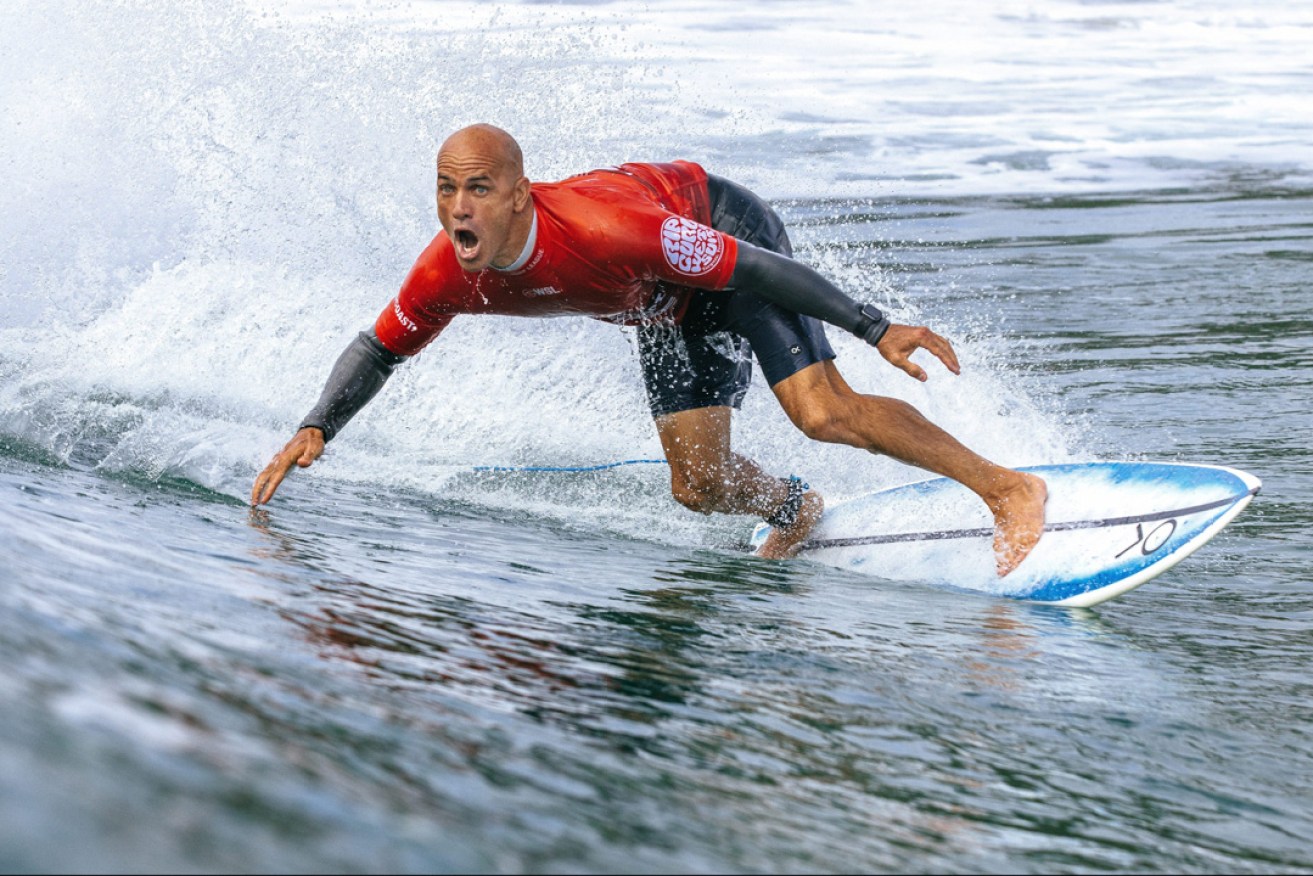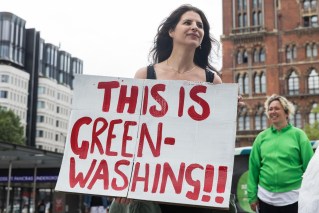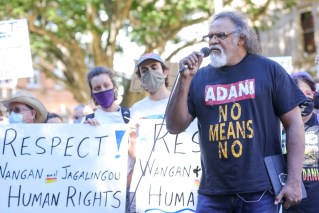New wave: How surfing has been stolen from the young and become middle-aged
It could be the Kelly Slater effect, but Australia’s surfers have got considerably older and it can no longer be classified as a youth sport.


According to Bond University, Covid has been a factor, but academic studies have found that the changes had been profound and peak participation was now among the 45 to 49-year-olds for men and 35 to 44-year-olds for women.
It comes at a time when 11-time world champion Kelly Slater, now 51, continues to defy age and compete among the world’s elite.
But according to Bond University’s Craig Sims, businesses have to be aware that surfing was no longer a sport only for the young.
“This clear and present aging trend forces us to accept an important and far-reaching statement: Surfing is no longer a youth sport inextricably tied to youth culture. Failing to accept this statement will result in surf brands missing out on forging a meaningful connection with a significant and growing segment of their market,” Sims said.
It has been estimated that about 200,000 people (including 78,000 women) took up the sport since the start of Covid. The reason was that with gyms closed or restricted, surfing presented an exercise in which people could socially distance themselves.
The increase in numbers is not necessarily good news. Surfing breaks were crowded before Covid and the influx had skewed the proficiency levels of the surfing population, but it has also meant that not only other surfers older, but wealthier.
But Sims said it also presented opportunities for business.
“Most wave parks have the capacity to create technically challenging waves, yet they tend to only offer these settings in the very early and late part of their operating hours and the bulk of their day is dedicated to novice and intermediate settings,” Sims said.
“There’s also potential for surf tourism operators to tap into a whole new breed of customer by accommodating travel demand from unskilled surfers who don’t have the proficiency to handle the hollow and shallow reef breaks typically associated with remote or exotic surf locations.
“Anecdotally, we’re hearing from the industry there has been a dramatic and unexpected growth in demand for equipment like board, accessories and wetsuits, so the opportunity is there.”
He said the surge in female participation may also lead to changes in the male-orientated surfing norms. In the teenage deomgraphics there is a an almost 50/50 split between males and females participating.
“Social norms will evolve as surfers adapt to a more inclusive line-up with more tolerance and respect demonstrated in the interactions between male and female surfers,” Sims said.
“A significant demographic shift is occurring in surfing across age, proficiency and gender and this is likely to present challenges and opportunities for the surf industry. It will be important to monitor the pace and scale of these shifts as well as the likely impact they will have on surfing’s aspirational status, its cultural norms, and the demand for goods and services,” he said.












